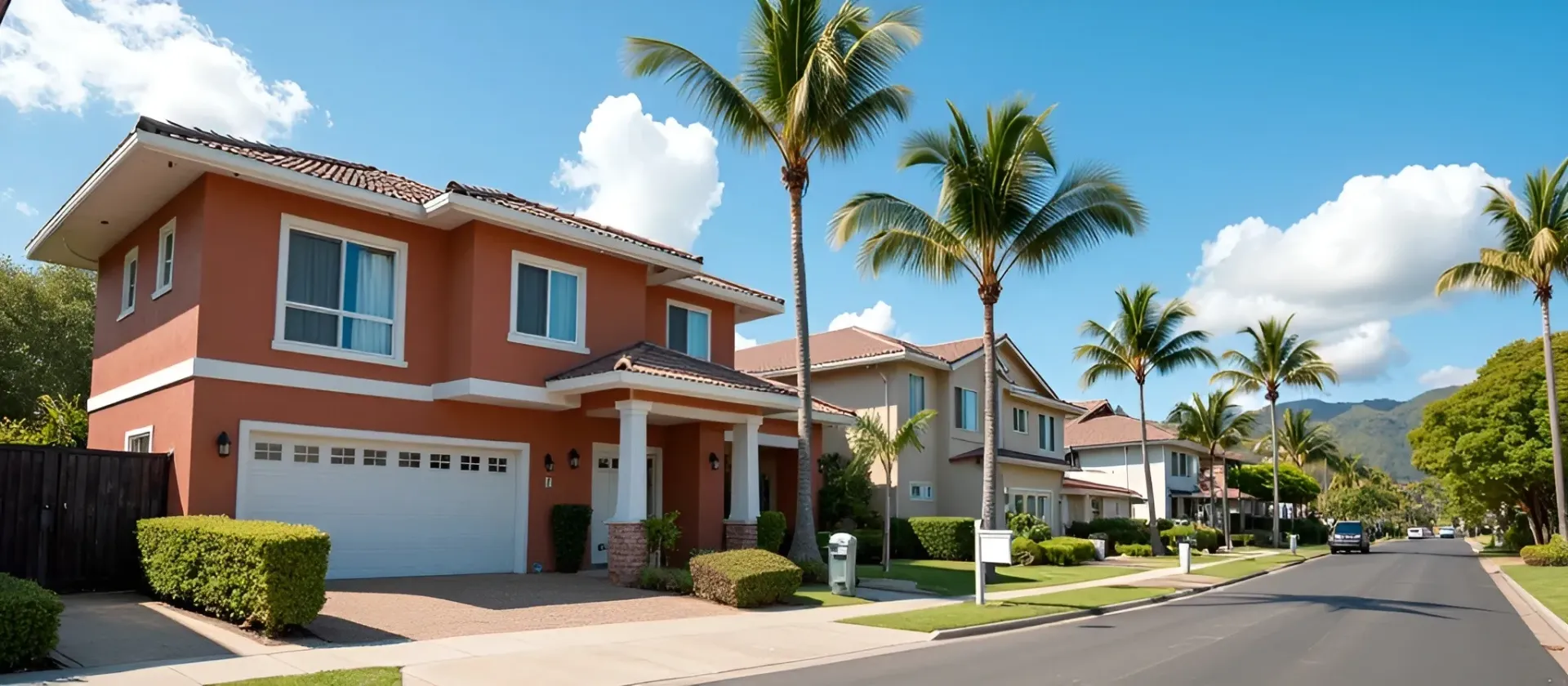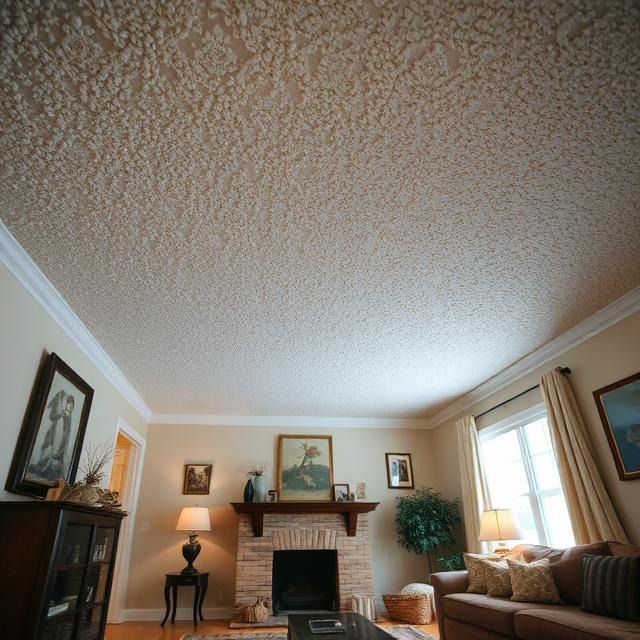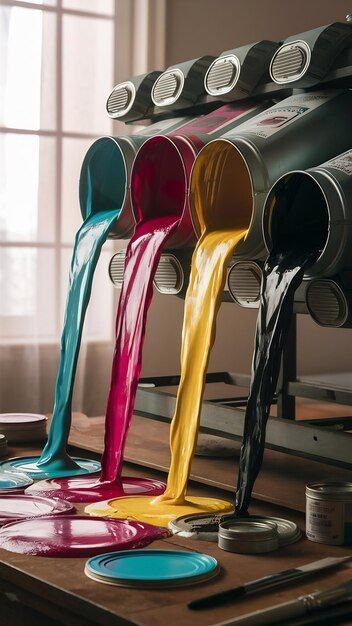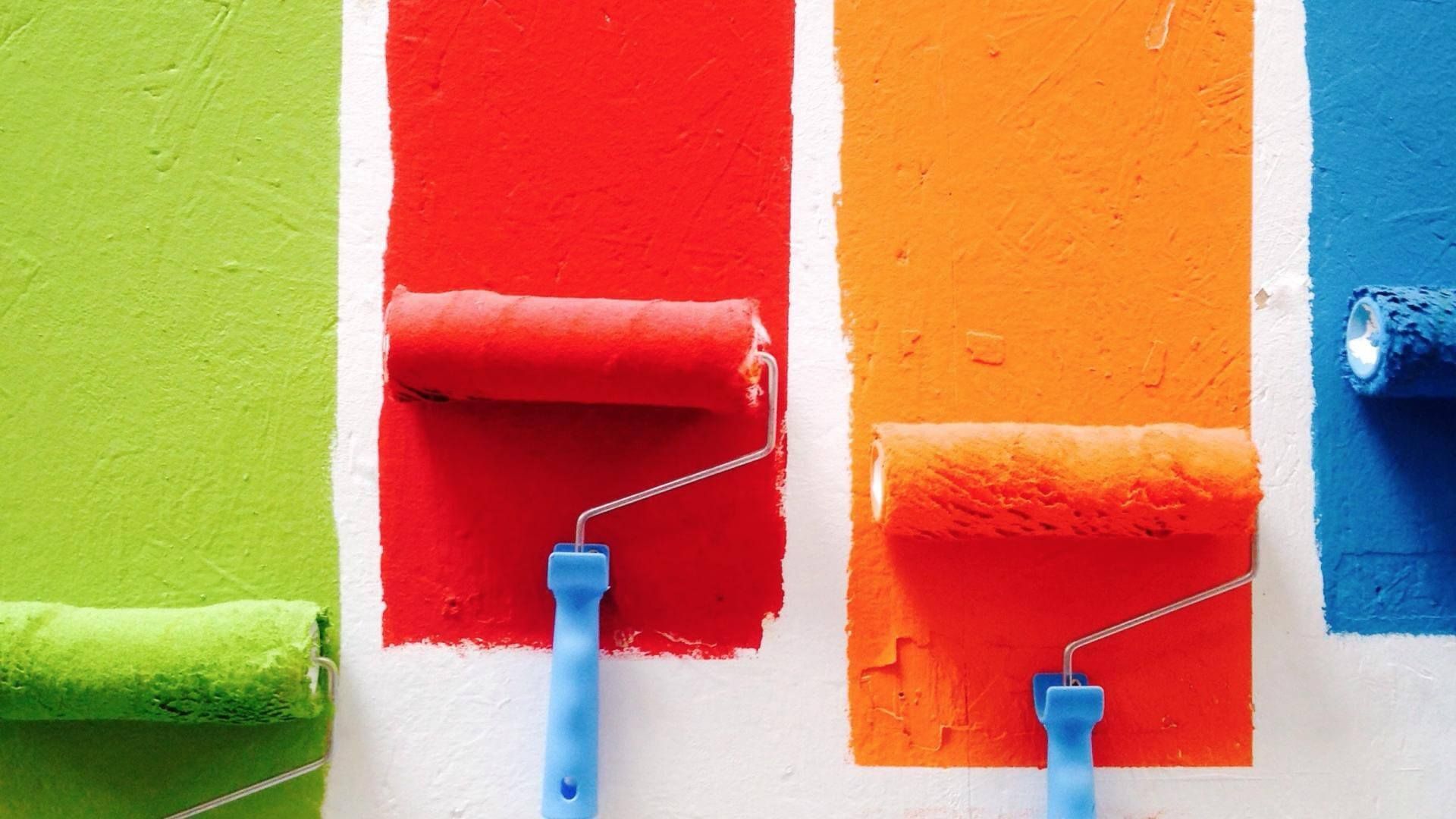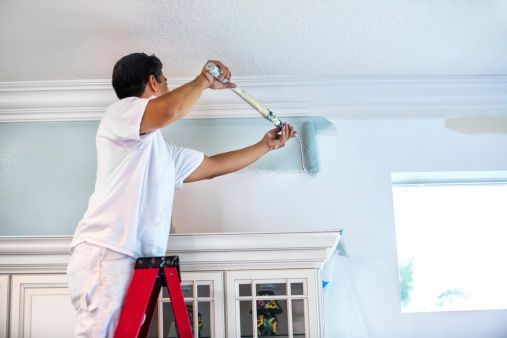Pressure Washing Components and Techniques
Key Equipment Components of Pressure Washers
Pressure washing in Oahu is an effective method to clean exterior surfaces, removing dirt, mold, and other unsightly blemishes that can accumulate over time. Whether you're a homeowner looking to spruce up your property or a professional cleaner servicing the Oahu area, understanding the key components of pressure washers is essential for effective and safe operation. Here are the fundamental elements that make up a pressure washer:
1. Pump
The heart of any pressure washer is its pump. The pump generates the pressure necessary to blast water at high speeds, enabling the removal of stubborn dirt and grime. Pumps can be powered by either electric motors or gasoline engines, with the choice depending on the application's specific needs, such as portability and power requirements.
2. Power Source
The power source for a pressure washer can be either electric or gas. Electric pressure washers are generally quieter and lighter, making them ideal for residential use in Oahu's neighborhoods. Gasoline-powered models, on the other hand, offer more power and mobility, as they don't require a connection to an electrical outlet, which is beneficial for commercial or remote applications.
3. Nozzle
The nozzle at the end of the pressure washer's hose plays a critical role in determining the water spray's shape, direction, and intensity. Nozzles come in various types, including adjustable patterns and fixed-angle tips, each suited for different cleaning tasks. For instance, a 0-degree nozzle produces a concentrated jet for tough grime, while a wider-angle nozzle is better for general cleaning.
4. Hose
The hose of a pressure washer needs to be durable and flexible, capable of withstanding high pressure without damage. Hoses vary in length and diameter, affecting the pressure washer's reach and water flow rate. Selecting the right hose is crucial for efficient cleaning, especially in Oahu's diverse environments, from coastal properties to inland residences.
5. Water Supply
A reliable water supply is essential for pressure washing. Most pressure washers are connected to a standard garden hose, which provides the water that the pump then pressurizes. The water supply must be adequate to match the pressure washer's intake requirements, ensuring consistent performance.
6. Detergent Tanks
Some pressure washers come equipped with detergent tanks, allowing for the use of cleaning solutions in addition to water. This feature is particularly useful for tackling tough stains or cleaning sensitive surfaces where a softer approach is needed. Detergent can significantly enhance cleaning efficiency, making it a valuable component for various applications.
7. Safety Features
Safety features are critical in preventing accidents and ensuring the operator's protection. These can include thermal protections to prevent overheating, safety locks on triggers to avoid unintentional operation, and pressure relief valves to manage sudden pressure build-ups. Familiarizing yourself with these features is crucial for safe pressure washing practices.
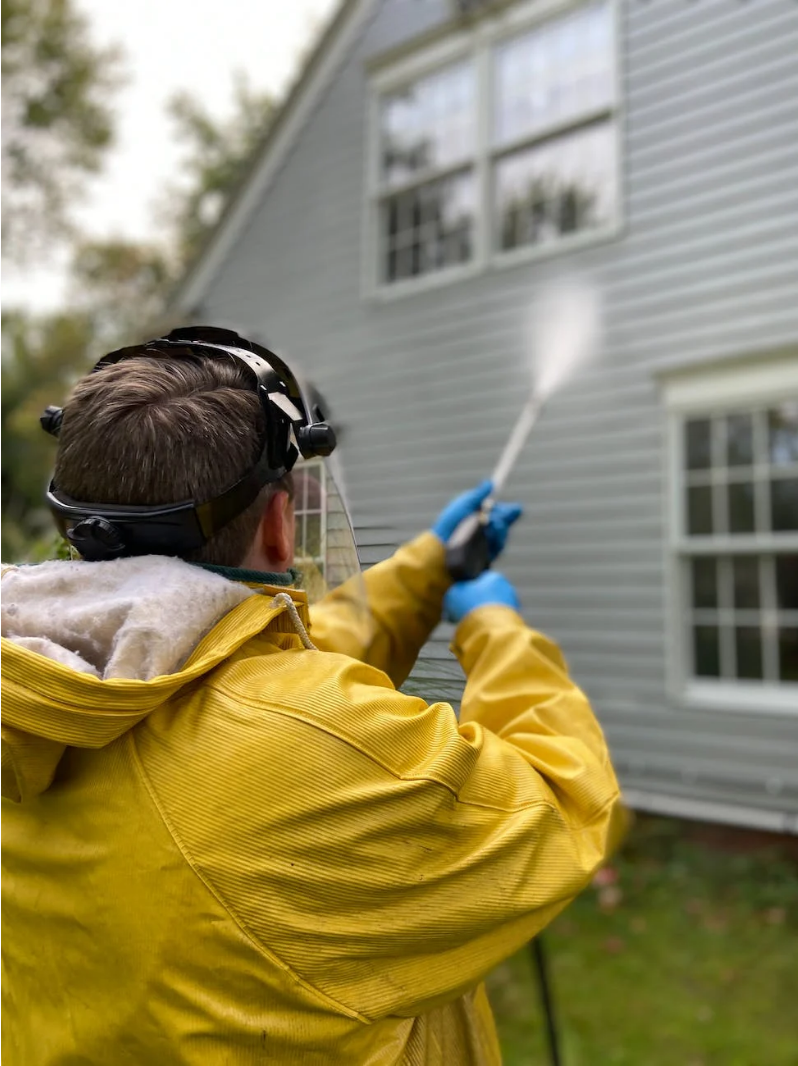
Techniques for Pressure Washing
Mastering the right techniques in pressure washing not only enhances the cleaning efficiency but also protects surfaces from damage and ensures user safety. Here are some essential techniques and tips for effective pressure washing in Oahu, where the unique environment demands special attention.
1. Preparation
- Inspect the Area: Before starting, inspect the area for any damage, such as cracks or loose pieces that could be further damaged by high pressure. Also, look for any electrical hazards or outlets.
- Protect Surroundings: Use plastic sheeting or painter's tape to protect nearby plants, electrical fixtures, and windows from the high-pressure spray and cleaning solutions.
- Choose the Right Nozzle and Pressure Setting: Based on the surface you're cleaning, select an appropriate nozzle and pressure setting. Softer surfaces like wood require a wider-angle nozzle and lower pressure to prevent damage.
2. Cleaning Technique
- Test Spray: Always test the water spray on an inconspicuous area to ensure the chosen pressure setting does not damage the surface.
- Maintain a Consistent Distance: Keep the nozzle at a consistent distance from the surface to ensure even cleaning. A distance of about 12 to 18 inches is typically recommended, but this may vary depending on the cleaning task.
- Use Sweeping Motions: Clean with smooth, sweeping motions, moving the spray nozzle in a consistent pattern to avoid streaking and ensure an even clean. Overlap each pass slightly to prevent missed spots.
- Adjust Pressure as Needed: Be prepared to adjust the pressure and nozzle type as you move between different surfaces. For example, switching from concrete to wood decking will require a change in pressure to prevent surface damage.
3. Special Techniques for Stubborn Stains
- Pre-Treatment with Detergents: For tough stains, pre-treating the area with a detergent can help break down the grime before pressure washing. Ensure you use a detergent appropriate for the surface and the type of stain.
- Hot Water Pressure Washing: Some pressure washers offer hot water capability, which can be more effective for certain types of stains, like oil or grease, especially common in driveways or garage floors.
4. Safety Techniques
- Wear Protective Gear: Always wear protective gear, including safety glasses, gloves, and closed-toe shoes, to protect against flying debris and the high-pressure water stream.
- Be Aware of Your Surroundings: Be mindful of where you're spraying and the direction of the water flow, especially in residential areas where water runoff could affect neighboring properties.
- Never Spray Towards People or Pets: The high-pressure stream can cause serious injury, so always ensure people and pets are a safe distance away from the cleaning area.
5. Environmental Considerations
- Water Runoff: In Oahu, it's essential to consider the environmental impact of your cleaning. Be mindful of water runoff, especially when using detergents, and avoid letting it enter storm drains or waterways.
- Water Conservation: Use the minimum pressure necessary to clean the surface to conserve water, a precious resource on the island.


